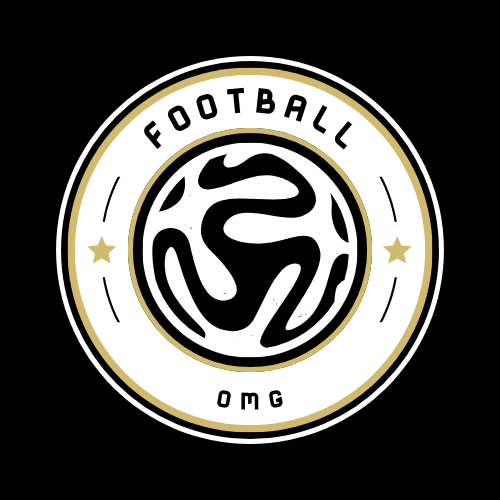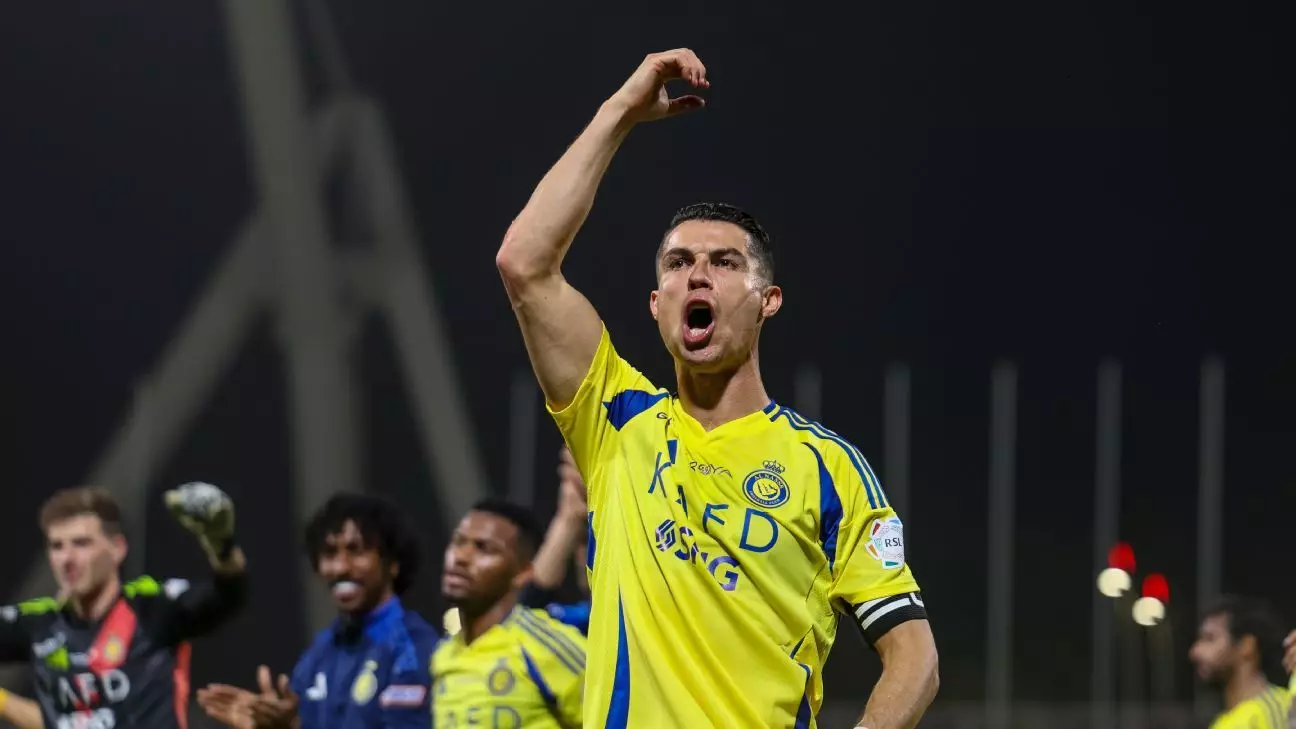Cristiano Ronaldo’s tenure in the Saudi Pro League has been a rollercoaster of expectations versus reality. Now, at the wise age of 40, Al Nassr has reportedly extended a lucrative two-year contract offer to the Portuguese forward, despite having his current contract set to expire in 2025. Given Ronaldo’s race against time with father time as his opponent, this development ignites discussions not just about his enduring talent—he has netted an impressive 30 goals in just 34 appearances this season—but also about the shifting landscape of football where veteran players can still command significant attention and investment.
Despite previous declarations that he might decide to retire “soon or in two to three years,” Ronaldo’s ongoing performance hints at a different narrative. How much longer can he sustain this high level of athleticism, and will Al Nassr persist in placing their faith in a player who is well into the twilight of his career? The dichotomy of youth and experience is always at play in football, and the decisions made regarding such high-profile players can influence club strategies for years to come.
Barcelona’s Pursuit of Luis Díaz: A Battle Against Time & Money
In a contrasting scenario, FC Barcelona finds itself in a tense chess match over Liverpool’s Luis Díaz. The Colombian winger, with his dazzling footwork and sharp instincts, is an asset that many European clubs want. However, the specter of Saudi Arabian investment looms large. According to reports, Barcelona is not only concerned about the financial capacity of Saudi clubs but also about their aggressive tactics in acquiring talented players.
Barcelona’s ambition to secure Díaz underscores the increasing volatility in the football transfer market, particularly in light of clubs from the Saudi Pro League flexing their financial muscle. This growing trend places long-established European clubs in a precarious position as they must navigate both the sporting merits and the heft of financial deals. Will Barcelona—already constrained by La Liga’s financial regulations—be able to secure Díaz before he potentially receives an offer he can’t refuse from the Middle East?
New Faces: The Rise of Domestic Talents
As the transfer window heats up, clubs like Napoli are eager to snag emerging stars like Alejandro Garnacho from Manchester United. This shift signifies a growing trend wherein teams are not just vying for seasoned veterans but also focusing on young talent capable of becoming future cornerstones. Napoli has previously sought out Garnacho, highlighting their strategic foresight in targeting younger players, whose potential long-term contributions can outweigh those of established names whose best years may be behind them.
In Italy’s Serie A, where the strategies vary significantly between clubs, identifying the right mix of youth and experience is essential. Clubs are looking for qualities reminiscent of the future of football: flair, speed, and technical prowess. Napoli’s interest in not just Garnacho but also Georgiy Sudakov signifies this shift towards a more youthful roster aimed at fortifying not only the bench but the starting XI for years to come.
The Premier League’s Young Blood: Competitive Intelligence
The Premier League landscape is also dotted with rumors of clubs fighting over youthful prospects. Chelsea’s keen interest in Ipswich striker Liam Delap illustrates a strategic pivot. To have a sturdy negotiating leverage, they know that scouting and developing young talents is as pivotal as recruiting seasoned players. This trend highlights the length to which clubs will go to ensure that their talent pool remains vibrant and competitive.
Interestingly, clubs like Arsenal and Manchester United are not only eyeing established players but also younger prospects like Jobe Bellingham and Igor Paixao. This eagerness to invest in young talents showcases an understanding that building a winning team is not merely about immediate results but also about cultivating a squad capable of sustaining success over several seasons.
Neymar and the Search for Stability
Neymar’s return to Santos has reignited discussions around player loyalty versus lucrative offers elsewhere. With the Santos CEO optimistic about Neymar’s stay past June 30, this serves as a reminder that emotional ties often complicate the financial calculus of football transfers. Players who return to their roots frequently invoke sentiments that resonate with fans, but they also navigate the pitfalls of failed expectations when playing for clubs that may not be positioned to compete at the highest level.
As the transfer scene unfolds, the intersection of emotion, strategy, cash flow, and talent will define the landscape of football as clubs grapple with maintaining competitiveness in an increasingly saturated market.

